No matter which way you look at it, it’s been a tough few years for many of us. With most households having to tighten their spending and with meat prices being sky high, there’s never been a better time to have the skill of being able to hunt your own game meat. I’m dedicating this new series to explore ways we can get out hunting, fill the freezer and our families’ bellies with the best game meat available whilst still being conscious of how much we spend.
The first two parts of this series will be about setting up your rifle, identifying the most cost-effective ammunition source and then zeroing and doing your range confirmation without wasting too many precious projectiles!
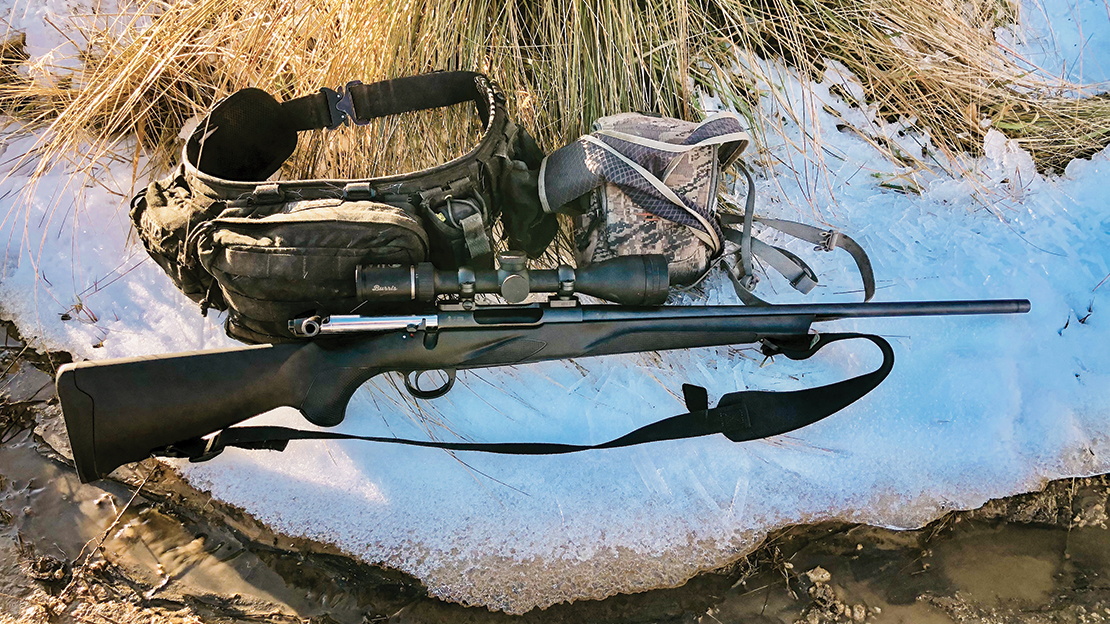
Buying off the Shelf – Accuracy for Under $1200
By simplifying and focusing on the most important factors for accuracy – which, in my opinion, are the relationship between bolt face, chamber and barrel – and cutting costs on stock manufacturing and components, firearms manufacturers have introduced us to an age of cheap, accurate rifles. There have always been cheaper rifles with wooden stocks that were bedded in less than optimal fashion, but the modern plastic or composite stocks are reliable, easier to get consistent bedding on and cheaper to make; you can also throw them around and not worry too much about scratching them up. Additionally, in general, they’re less affected by temperature change or moisture.
In a shop, it’s difficult to tell whether what you’re buying is cheap accuracy or just cheap and nasty. Do your homework and look over a wide variety of reviews online to get a good understanding of the rifle and scope you’re considering.
If you’re buying off the shelf, these are my picks of manufacturers that I’ve had experience with who’ve nailed ‘cheap and accurate’.
Savage Arms
Savage have been making cheaper, accurate firearms for a long time now. They shoot well and are robust. They may have some rougher edges and tooling, but you’ll seldom find one that doesn’t shoot well.
Franchi
This very old shotgun manufacturer released its first-ever bolt-action centrefires a few years ago, and I was very impressed with the early models. Our charity uses the Franchi Elite, which is a basic, accurate hunting rifle.
Winchester
The XPR was the first cheap Winchester I used, and despite the company’s many ups and downs over the years, the rifle was robust and accurate.
Howa
With the lower-priced models coming in at under NZ$1000, Howa offer a solid action and probably some of the best value in a start-up package. Some models have experienced issues; however, overall, they have a great reputation.
Honourable Mentions
The Ruger American series has a cult following with many claiming sub-MOA from even the cheapest model.
Weatherby have some solid offerings in the economy bracket.
If your plan is to buy a cheaper action and then upgrade the stock, speak to a stock specialist or gunsmith. Certain brands have readily available, drop-in stocks with lots of options for customisation. Other brands, sometimes quite large brands, have limited options that can make it extremely expensive to upgrade your stock or components.
In summary, when buying off the shelf, it’s entirely possible to get a great rugged yet accurate rifle that, with the right ammunition, scope and suppressor package, will successfully take any game in NZ. There may be some rough tooling or machine marks and the stocks can seem cheap, but at the end of the day, cheap accuracy is what we’re after when we’re on a budget.
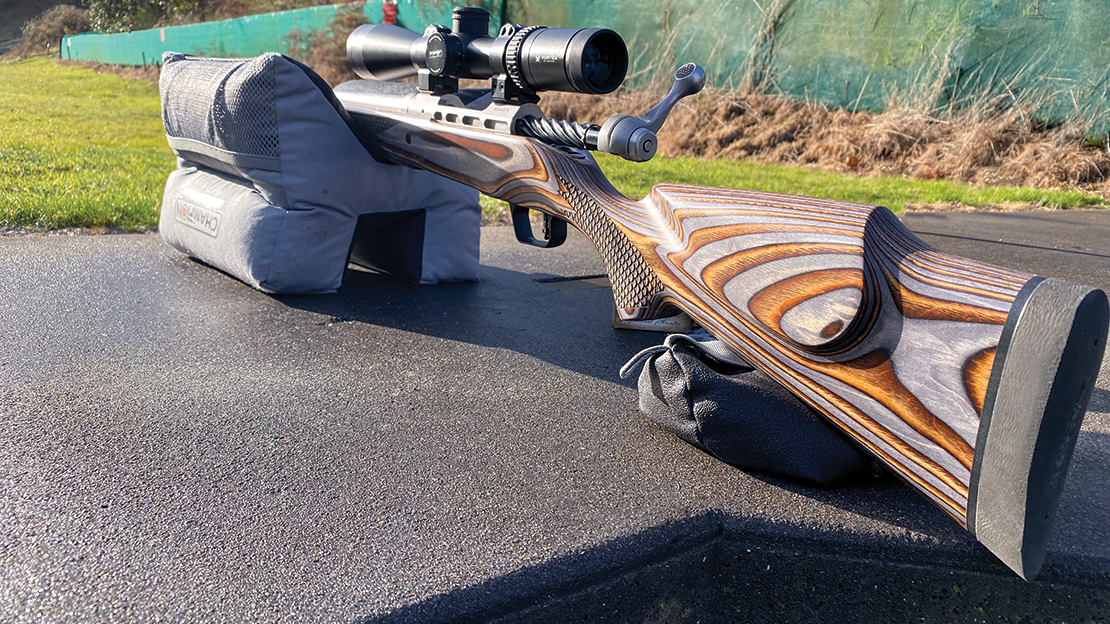
Purchasing Secondhand Rifles
Secondhand rifles are a great way to pick up a deal. There are some things you’ll need to check over, though, if you’re able to see the firearm before purchasing.
Parts to check before you buy:
• A picture might tell a thousand words, but it can also hide a thousand issues when buying online! If possible, you need to get your hands on the rifle prior to buying. I realise this isn’t always practical, but most sellers will allow an inspection. It’s hard to judge by a round count – if they have it – but in general, the faster the projectile, the more friction and potentially more wear and tear on your barrel. If you know the seller handloads hot loads, then inspect the barrel carefully.
• Blued rifles are more prone to rusting than Cerakoted and stainless-steel rifle barrels and actions. However, stainless can still rust and have damage, so be aware and check if possible. All rust is not created equal; surface rust, which can be wiped clear, isn’t a problem until you see pitting damage, which is much more permanent and serious.
• Check the action screws – these are the two screws that are critical to any rifle. They provide rigidity and consistency throughout the stock and action weld. Any rough handling can sometimes be a cause of potential damage. If you’re able to, take out the action screws and check the action itself. Corrosion, rust and sometimes a lot of dirt and rubbish can be found lying inside.
• The beginning and end of your barrel are also key areas. The area nearest the chamber, called the throat, corrodes with time and high round count. Hot, high-velocity loads can erode your lands quicker. The crown or end of your barrel is the last part your projectile contacts before it leaves the barrel, so check the last few inches of lands and the very end as well. If the crown isn’t protected by a recess or similar feature, any damage to the barrel end can impair the all-important lands.
• The crown, or end of your barrel, is the last part your projectile contacts before it leaves your rifle, so check the last few inches of lands and the very end as well. If the crown isn’t protected by a recess or similar feature, any damage to the barrel end can impair the all-important lands.
• If it’s threaded for a suppressor, check the thread for corrosion. Leaving a suppressor on your firearm after a damp hunt, or moisture in your safe, can cause damage to the crown area.
• Also check the suppressor if it’s included in the purchase. Check for any bullet strikes on the mouth as the bullet leaves the suppressor, and if it’s a model that allows the baffles to be removed, see if they can be dismantled. A suppressor that’s locked in position hasn’t been maintained, may have a high round count, and may be welded shut with deposits from hot gases and the heating and cooling effects. Couple this with moisture binding to the gas deposits and it’s an indicator to be mindful of. It may still perform perfectly well, in some cases for a long time, but it is a factor to consider.
• Check anything that looks like it’s been added to the firearm as part of a repair or an attempt at customisation – like a stock. DIY customisation has been the downfall of many firearms; TradeMe has seen its fair share of these.
• If scope and rings are included, check the rings and all the screws holding it in place. Screws can easily be cross-threaded, overtightened and be locked in place or no longer providing tension.
Before going to the range with your newly purchased secondhand rifle, strip it down and reassemble to ensure good tension on all screws; clean off any rust, corrosion and debris, and check your scope rings are all tight. Fire a round and then inspect your brass for any signs of pressure. You’re looking for the primer flattening out and backing out of the primer pocket and any undue gas escaping. It’s also critical to check if there’s any bolt stickiness when opening the bolt after firing. A hard-to-lift bolt is, in my opinion, the most important warning sign to watch for.
If you’re happy with the firearm and end up purchasing, get as much information as possible about what ammunition it likes and what accuracy standards you can expect. This’ll at least give you a starting point and save a lot of mucking around trying different ammunition.
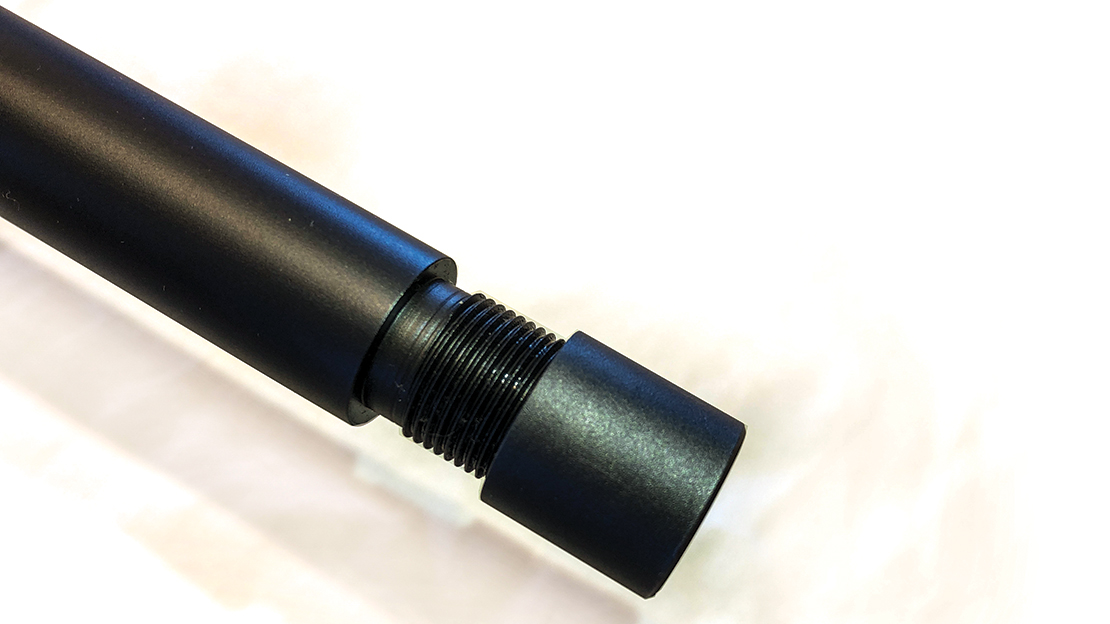
Scopes
If you can save a few bob on your rifle, then the old adage of ‘buy the best scope you can’ is absolutely true. Although it’s easier to save money on a cheaper rifle that’s accurate, often the economy-priced scopes are a bit average and prone to fogging and mechanical faults.
I can tolerate poor glass on a lower-end scope, but mechanical failures are terminal. Be wary when it comes to the scopes that often come in ‘package’ deals. Do a bit of research, because often these scopes are something you’ll have to replace fairly frequently. There was a Tikka package offered a few years ago that came with a Ziess Terra. Although the Terra wasn’t made in the same factories as higher-end Ziess scopes, it was still a good, solid, rugged, hard-wearing scope with good glass – just what you want in a package deal.
Also, keep away from cheap scopes with lots of features like long-range style design. The features themselves are often not up to standard. For example, if your cheap scope promises a lot of magnification, it’s almost guaranteed the glass won’t be to the standard required to get a good image, and any turrets or holdover graduations are prone to have errors.
Here’s my inside line on scope brands that have good economy models:
Vortex
Solid options in economy bracket, okay glass, good ‘no-fault’ warranty. Like Bushnell, stick to the scopes with fewer features.
Leupold
Best from the mid-price scopes upwards. Good warranty, good glass at economy level and above. Good hard-wearing scopes.
Bushnell
They have a couple of very robust, rugged models with reasonably good glass.
Meopta
A less common brand in NZ, but it’s gaining popularity; they have some great options in the Optika models.
Burris
Their economy-level scopes in the Droptine range are good. I’ve used Droptine scope and binoculars, and they’re good value for money.
Athlon
A relative new comer compared to some of the other brands but their economy line is holding up well in testing and you do get quite good glass for the money.
The last thing I’ll mention with scopes is if it’s possible to find the finances to make it into the mid-price bracket, then in general, the quality and longevity of your scope will improve considerably; but if you’re on a tight budget, then one of the above options is a great start.
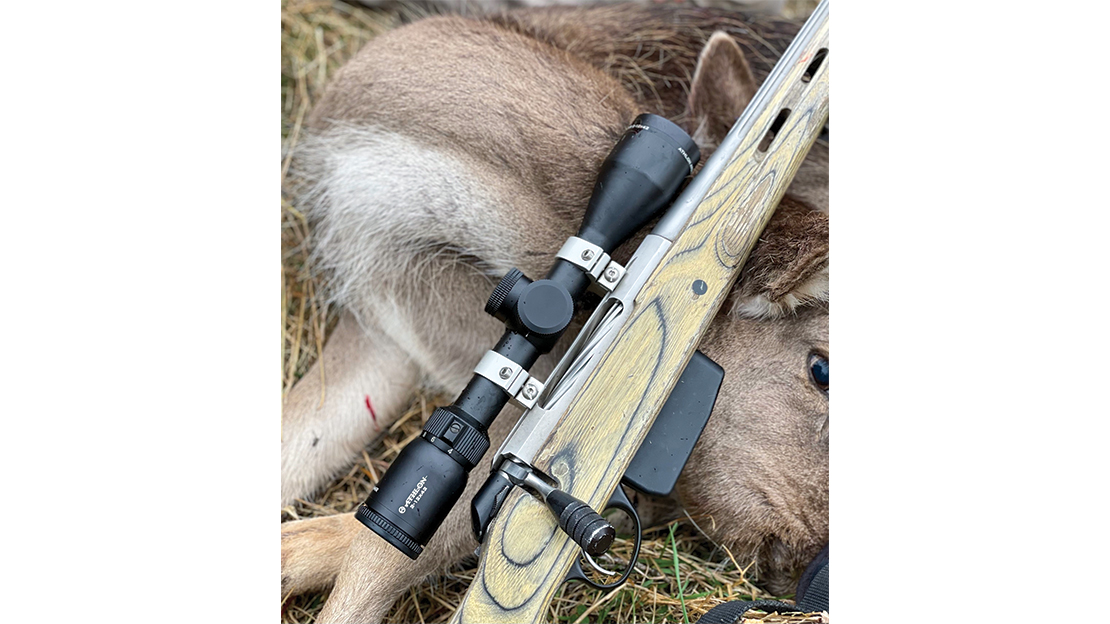
Reloading or Factory
The truth about reloading is that unless you’re firing a lot of ammunition each year, either pest controlling or participating in competitions, the typical yearly round count for your average hunter doesn’t warrant reloading your own ammunition. From a financial perspective, it’ll take you many years to recoup the cost of the reloading gear. Eventually, you will save money, but given that your average hunter will be firing fewer than 20-40 rounds a year, is it worth the effort? That’s purely your decision to make, but from a financial perspective only, it doesn’t make sense.
On the plus side, the benefits in accuracy, consistency and the ability to keep reloading when supply chains are restricted, as in the last couple of years, are all strong cases for reloading.
Regardless, there’s enough cheaper factory ammunition that’ll easily take game out to 300m, so is the extra performance worth it? Probably not.
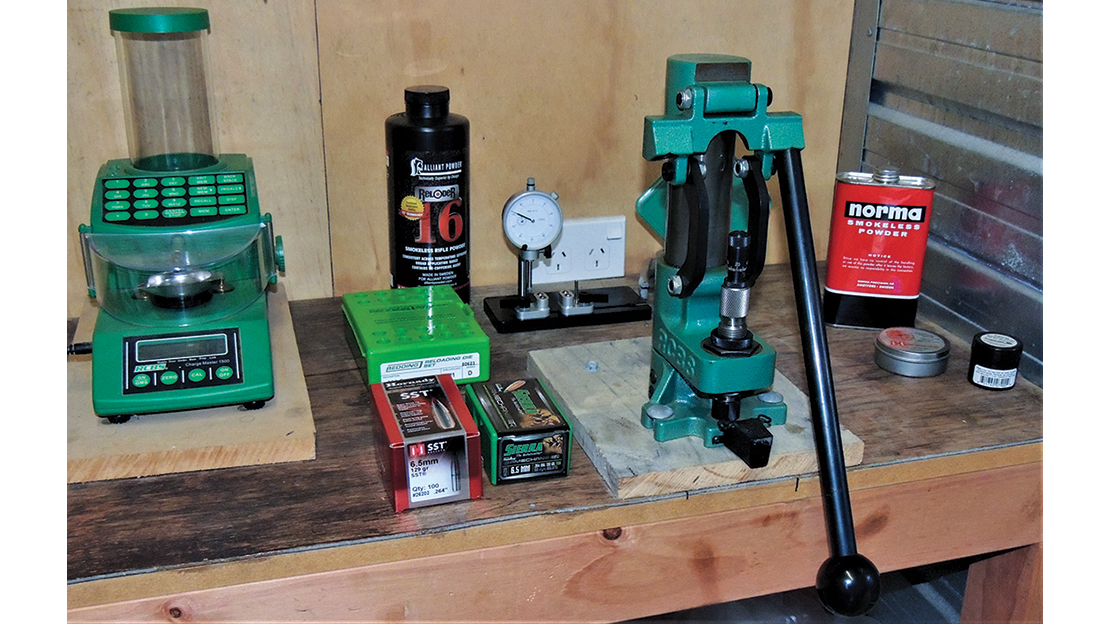
Suppressors
Suppressors are a game changer in terms of how pleasant your rifle is to fire; mid-level centrefires can be reduced to minimal recoil levels and see significant sound reduction. Over a long period of time, your ears will thank you for using a suppressor. They are, however, not essential if you can’t find the extra money in your budget. A set of ear plugs might be a good idea if you buy a big thumper without a suppressor.
When looking to buy a suppressor, design in general dictates that the more suppressor you have in front of your barrel, the more effective the benefits of recoil and noise reduction. Balance becomes the issue now, because a long suppressor hanging off the end of your barrel is going to make your rifle barrel heavier. Expensive premium suppressors, like the ASE ones, are barrel forward but small and light to counteract this effect. This is something to be aware of more than a strict criterion. Gunsmiths will often chop off a fair bit of barrel to thread a suppressor as it doesn’t change the balance too much. It’s long been a challenge of suppressor manufacturers to balance rifle barrel weight with suppressor design.
In general, your cheaper suppressors will start at $300-400 and go up from there. In fairness, all suppressors I’ve bought since 2011 are still being used regularly and are in good working order, so I assess the standard as being fairly high brand to brand. The three models I own are made by DPT, which are generally the cheapest; Dan Hardy Rifle Engineering come in at mid-price to premium. My long-range rifles have Greystone Guns suppressors on them, but as you’d expect, these are in the premium bracket and have titanium construction – but they’re worth it. DPT have the option to add more baffles to their suppressors, so you can buy the shorter, lighter suppressor now and upgrade later.
Suppressors aren’t essential when setting up, but I highly recommend getting one long term. If your budget doesn’t allow at least a decent scope and suppressor, I’d rather have a combination of good rifle and good scope than good rifle, average scope and average suppressor.
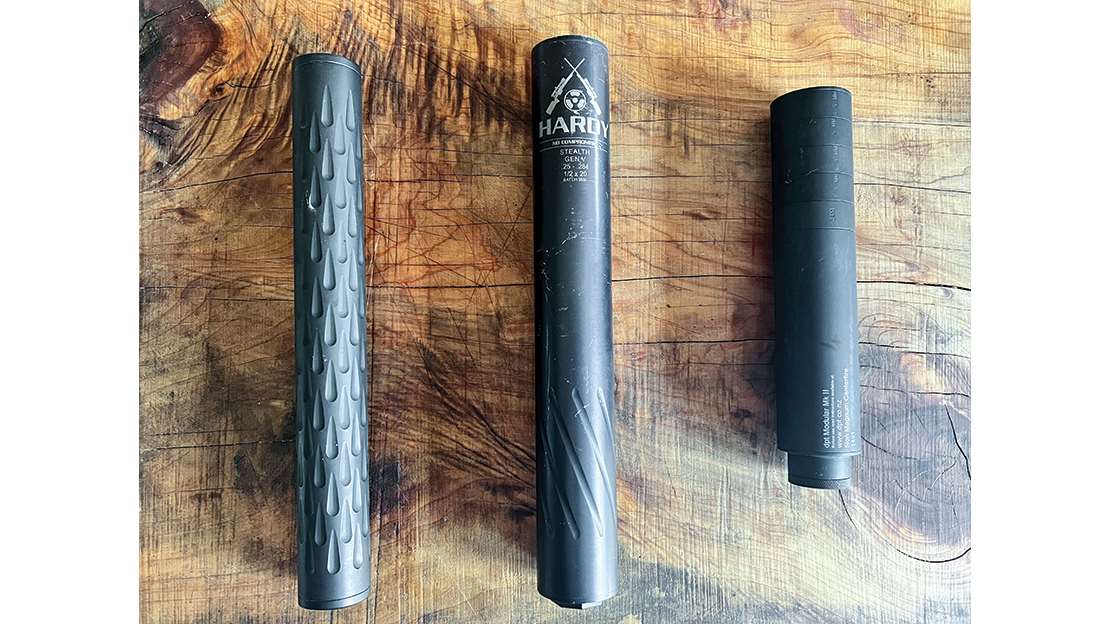
Summary
That concludes the first of several articles on how to get out hunting on a limited budget. I hope I’ve given you some useful tips and food for thought on how to set up an economy rifle package and what to look for if you’re going down the secondhand route.
Now that we have you sorted with a rifle, suppressor and scope, let’s head out to the range in the next issue where we’ll cover how to zero your rifle in the least number of rounds and how to get the best accuracy out of it.
With such a broad topic, in future articles we’ll even be giving you tips on how to keep your 4WD in tip-top shape and running efficiently – so we’ll leave no stone unturned while getting you hunting for less!

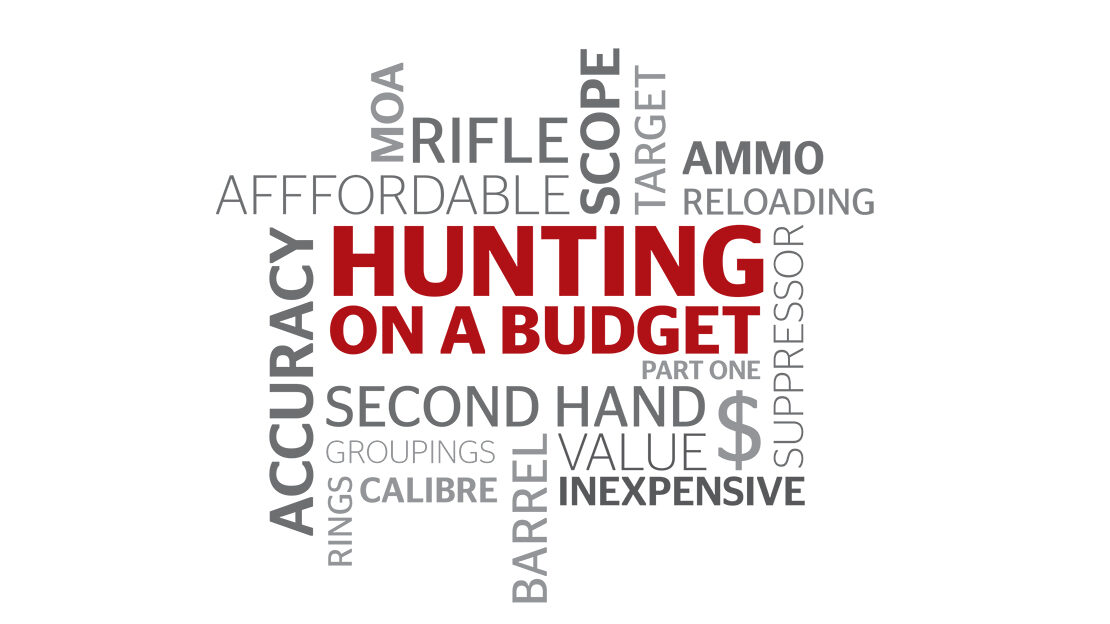
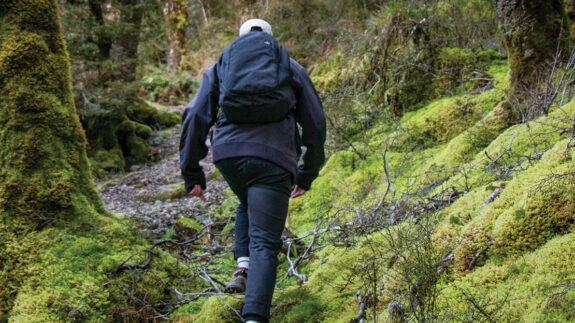
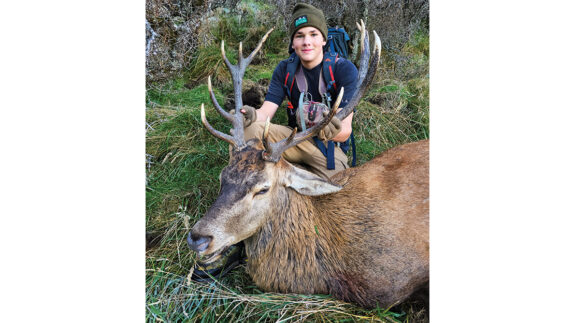

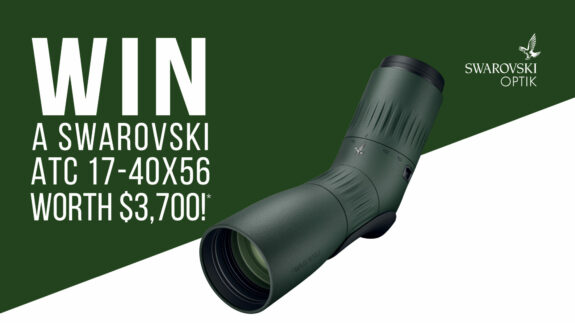
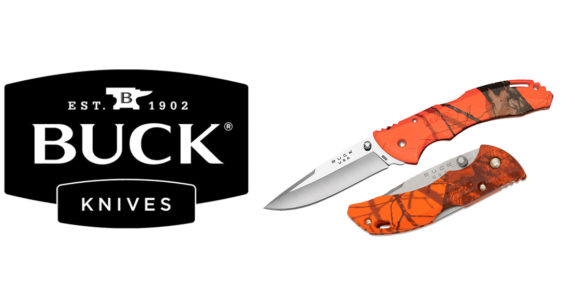
SHARE YOUR BEST PICS #NZRODANDRIFLE